Collaboration on semiconductor innovation will continue despite growing trade tensions, says Commission vice-president Henna Virkkunen
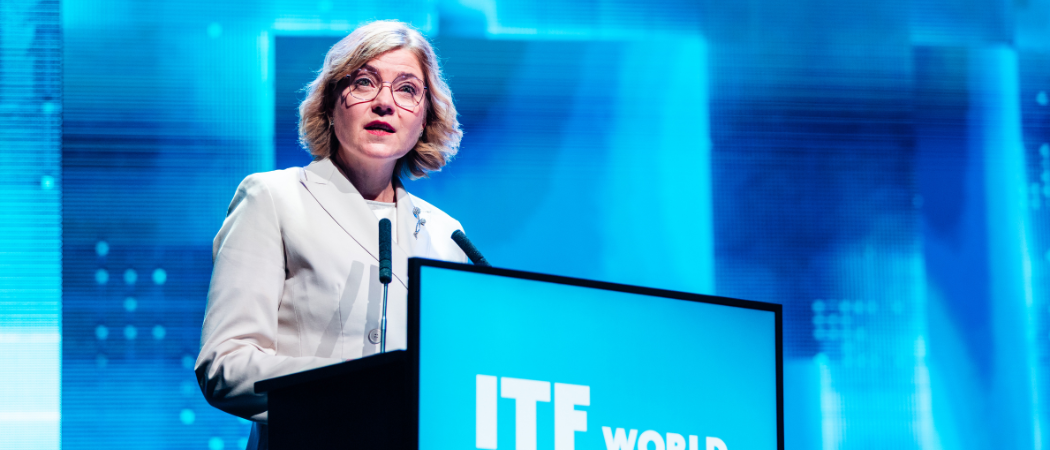
Henna Virkkunen, executive vice-president of the European Commission for technological sovereignty. Photo credits: Imec
Europe remains committed to collaborating with global partners to drive the semiconductor industry, despite escalating trade tensions, Henna Virkkunen, executive vice-president of the Commission for technological sovereignty, said on May 21.
“Europe must uphold its tradition of openness and cooperation while securing also resilient access to the chips that power our economies and societies,” Virkkunen told the International Technology Forum World conference, hosted in Antwerp by Belgian research organisation Imec.
In January, the US imposed restrictions on the export of advanced artificial intelligence chips, which apply to over half of EU member states, and the Trump administration has since launched an investigation into semiconductor imports with a view to introducing sector-specific tariffs.
Amid this trend towards protectionism and sovereignty, it’s more important than ever for Europe to develop its own design and manufacturing capacities in advanced semiconductors, Virkkunen said, but this will not be achieved in isolation.
“This era of global trade does not signal an end of global innovation models, rather it presents opportunities for further collaboration and integration,” she insisted, pointing to digital partnerships agreed in recent years with Japan, South Korea, Canada and India.
Virkkunen used the gathering of the global semiconductor community to pitch Europe as a destination for partnerships and investments. “Europe offers a very stable political environment with a very clear regulatory framework, and [intellectual property] protection provides certainty for long-term projects,” she said.
She also pointed to the talent coming through Europe’s “world-class universities and research centres,” and the potential for scale thanks to the single market.
Imec chief executive Luc Van den hove agreed that global collaboration is crucial to advance semiconductor innovation. “This industry has been so successful because of the specialisation that we’ve seen,” he told reporters on the margins of the event, in response to a question from Science|Business.
“It has become so difficult, and you need critical mass, and it’s not by accident that this industry has some very strong leaders,” he said. As an example, he cited Dutch company ASML, the only supplier in the world producing the extreme ultraviolet lithography machines used to produce the most advanced chips. “Either you’re a winner or you’re not a winner. You can’t do that in ten different places,” Van den hove said.
Global semiconductor supply chains are so complex, it’s almost unthinkable for one region to master every aspect of the technology. Van den hove argued Europe should therefore focus on building on its strengths. “We will only be able to keep the pace of innovation if we bring the strengths together across the world,” he said.
Chips Act 2.0
This is what the EU is hoping to do with the Chips Act, a package of measures designed to double the EU’s share of the global semiconductor market to 20% by 2030. International collaboration is part of the strategy, including a joint call for collaborative research projects launched last year with South Korea.
Over 85% of the budget for the Chips for Europe initiative, the part of the Chips Act supporting innovation and technological capacity building, has already been committed, according to Virkkunen. That includes the launch of five pilot lines and the establishment of competence centres in all 27 EU states.
However, a recent evaluation by the European Court of Auditors found that the EU is “far off the pace” needed to reach its objectives. It is currently on track for a market share of 11.7% by 2030.
Related articles
- EU ‘far off the pace’ on chips targets, auditors find
- Can the EU Chips Act fuel a European semiconductor industry for the AI age?
- First Chips Act pilot line launches open-access call
The Commission plans to undertake a comprehensive review of the Chips Act by September 2026, which should inform a future proposal for a Chips Act 2.0.
Since the first iteration was adopted, “the world has continued to evolve and the context is very different since we first drafted the legislation, and so must our policies,” Virkkunen said. “This review will allow us to refine our approach, to close the gaps we have identified, and focus on new opportunities, whether in AI chips design, energy-efficient architectures, photonics, [or] quantum semiconductors.”
The commissioner called on industry, research organisations, member state authorities and other stakeholders to actively engage in the review process in order to shape the Chips Act 2.0.
“It’s a harsh competition, but Europe has the vision, the talent, we have the market, and now through our joint semiconductor and AI initiatives, we have also the resources to lead in this new era,” she concluded.
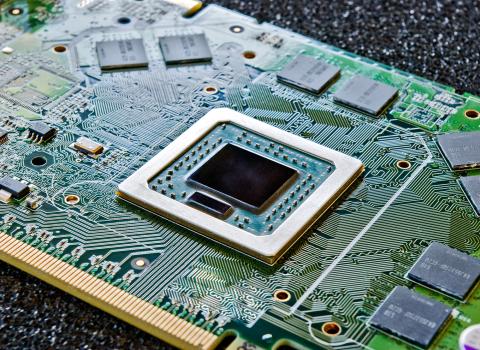
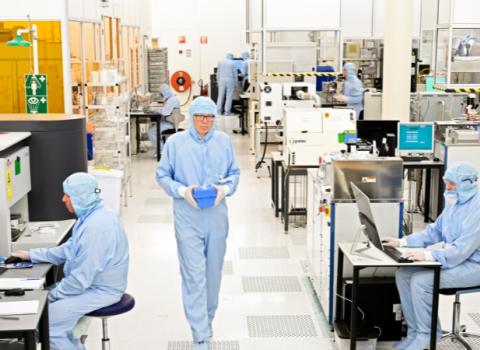
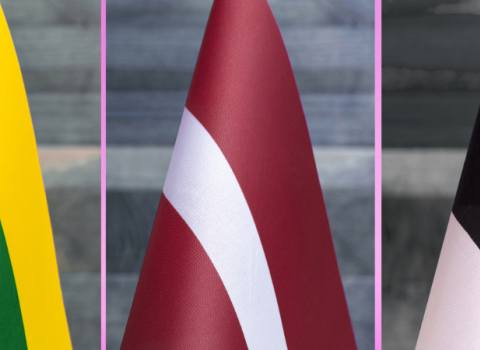
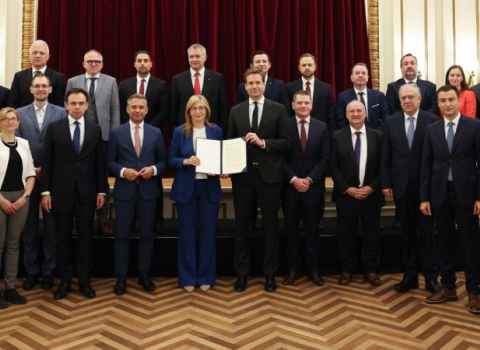

 A unique international forum for public research organisations and companies to connect their external engagement with strategic interests around their R&D system.
A unique international forum for public research organisations and companies to connect their external engagement with strategic interests around their R&D system.